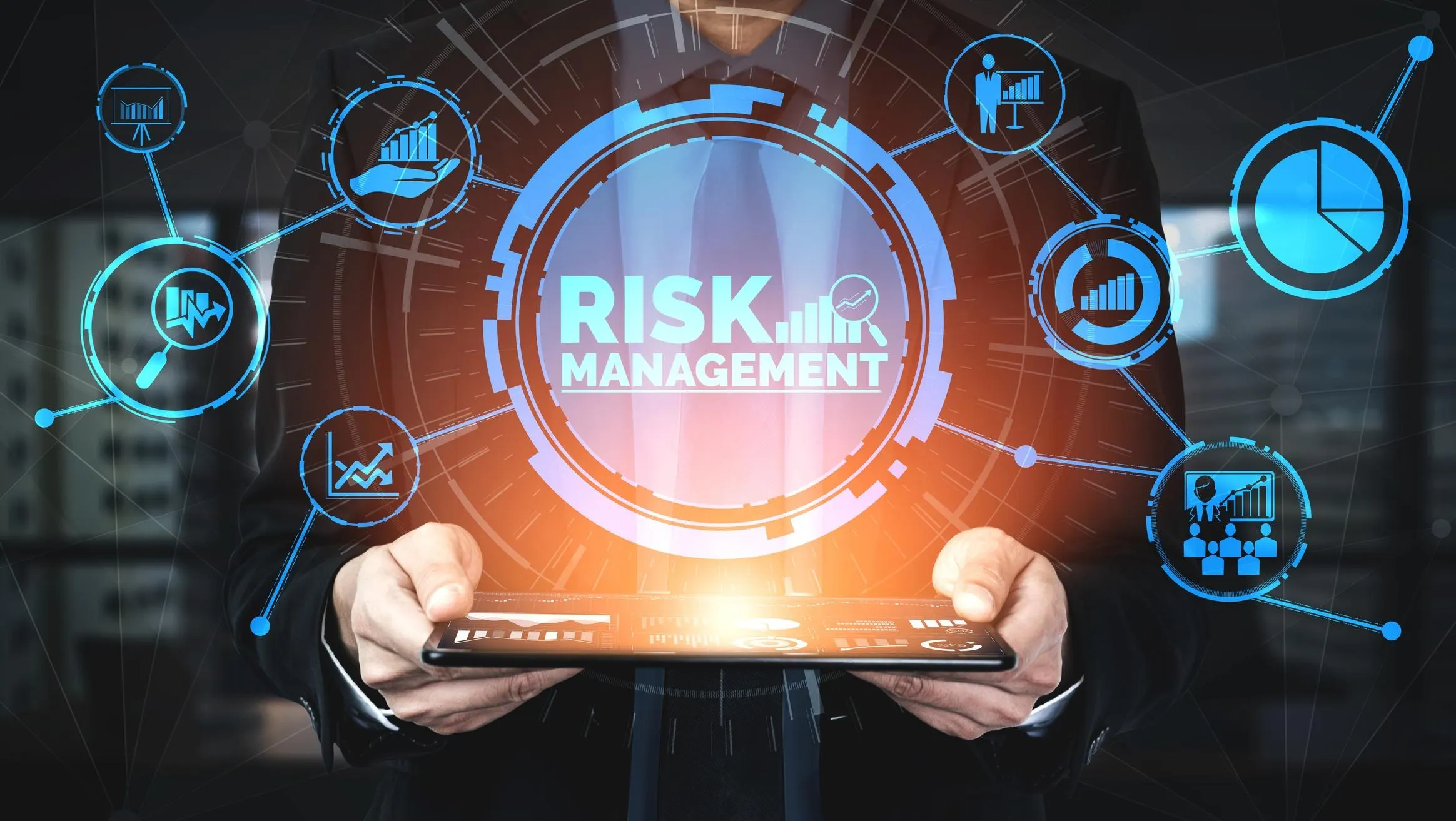How Cybersecurity Risk Management Protects Your Business
Why Cyber Risk Planning Is a Must for Every Business
Today, every business big or small uses the internet. We send emails, store data, and manage customers online. But this means businesses can also be attacked by hackers. When that happens, companies can lose money, trust, and even their future.
That’s why having a plan to manage these risks is so important. This plan is called cybersecurity risk management. It helps find weak spots, fix them, and keep your business safe.
A trusted cybersecurity expert in USA plays a key role in making these plans work. They help stop attacks before they begin and protect important data.
What Is Cybersecurity Risk Management?
Cybersecurity risk management is a way to find out where your company might be at risk online and then fix those risks. It’s like checking all the doors and windows in your house to make sure they’re locked. This process includes:
- Finding threats (like hackers or unsafe software)
- Measuring how bad they could be
- Creating a plan to stop or reduce them
- Checking again to stay updated
With a good risk plan, businesses are better prepared when something goes wrong.
Types of Cyber Threats Businesses Face
Many companies face the same kinds of online dangers. Some of the most common include:
- Malware: Bad software that steals or destroys data
- Phishing: Fake emails that trick people into sharing passwords
- Ransomware: Hackers lock your files and ask for money to unlock them
- Insider Threats: Employees who make mistakes or break the rules
- Cloud and IoT Risks: Devices and online tools that aren’t protected
Each of these threats can hurt your business. That’s why it’s important to understand and stop them early.
Simple Steps to Manage Cyber Risks
Every business can follow these steps to stay safe:
- Know What You Have
Make a list of your computers, files, and data. Know what needs protection. - Find the Risks
Look at how your business runs online. Where could hackers get in? - Rate the Risks
Decide how likely an attack is, and how much damage it could do. - Fix the Weak Spots
Add strong passwords, update software, train staff, and use safe tools. - Check Often
Things change quickly. Review your plan every few months.
This process doesn’t need to be hard. A cybersecurity expert can guide you through each step.
The Tools and Help You Can Use
To protect your business, you can use some helpful tools and systems:
- Firewalls to block unsafe websites
- Antivirus software to find and stop harmful files
- Email filters to stop phishing messages
- Backup systems to save copies of your data
- Monitoring tools that watch your systems 24/7
Many companies also follow known safety rules like:
- The NIST Cybersecurity Framework
- ISO 27001, an international safety standard
These frameworks help businesses stay on the right path. A cybersecurity expert can help set them up and keep them working.
How Risk Management Protects Your Business
Cybersecurity risk management isn’t just about stopping attacks; it helps in many ways:
- Saves money: Fixing a breach can cost thousands. Preventing one is much cheaper.
- Keeps your doors open: Attacks can shut down your website or services.
- Protects your name: Customers won’t trust a company that leaks their data.
- Meets the law: Some industries must follow privacy rules.
When you plan ahead, you avoid surprise problems, and show customers you take safety seriously.
Everyone Plays a Role in Cyber Safety
Even the best tools won’t help if your team isn’t careful. People are often the weak link in cybersecurity. That’s why training is key.
Teach your team to:
- Spot fake emails
- Use strong, unique passwords
- Be careful with links and downloads
- Ask questions when something seems off
Creating a “safety-first” workplace can stop small mistakes from becoming big problems.
Can AI Help Keep You Safe?
Yes! New tools use smart technology, called AI automation, to fight threats faster. These tools:
- Watch for strange behavior online
- Stop attacks in real time
- Learn from past threats to get better over time
While smart tools are helpful, people still matter. Technology can spot threats, but only people can make smart decisions about what to do next.
A Real Expert Makes a Big Difference
Some problems are too big to handle alone. That’s where a cybersecurity expert comes in. They bring years of experience and deep knowledge. They can:
- Find risks you didn’t know about
- Suggest the right tools for your company
- Train your team and build safety plans
They also stay up to date on the latest threats, so you don’t have to.
One such expert is Dr. Ondrej Krehel, a globally recognized cybersecurity consultant in USA. Dr. Krehel is the founder and former CEO of LIFARS, a digital forensics and incident response firm. He has led investigations for U.S. government missions and served as a CISO and university lecturer. Currently, he plays a critical role as a Cyber Hostage Negotiator within international crisis response groups, helping companies recover quickly from advanced cyber threats.
Choosing Your First Step Toward Safety
Cyber threats are growing every year. But the good news is that you can take steps today to stay safe. Start small: list your risks, train your team, and look into better tools.
Don’t wait for a cyberattack to hit your business. With the help of cybersecurity risk management and guidance from experts, you can stay one step ahead.
The digital world can be dangerous, but with the right plan, your business will be ready.
Read More: What Are the Risks of Data Breaches in Clinical Trials?

